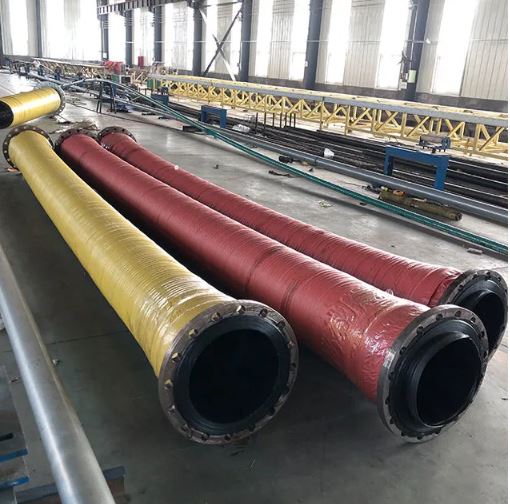pvc air duct hose
Understanding PVC Air Duct Hose Applications, Benefits, and Insights
When it comes to industrial and commercial ventilation systems, the importance of the right type of ductwork cannot be overstated. Among various materials available in the market, PVC air duct hoses have gained popularity due to their outstanding properties and versatility. This article aims to delve into the features, applications, and advantages of PVC air duct hoses, highlighting why they are a preferred choice in many sectors.
What is PVC Air Duct Hose?
PVC, or Polyvinyl Chloride, is a synthetic plastic polymer that is extensively used in a wide range of applications. A PVC air duct hose is specifically designed for air handling applications, featuring a lightweight and flexible construction. These hoses often come in various diameters and lengths, making them suitable for different ventilation needs. They are designed to transport air while minimizing resistance and maximizing air flow.
Applications of PVC Air Duct Hose
The versatility of PVC air duct hoses allows them to be used in numerous applications across various industries
1. HVAC Systems Heating, ventilation, and air conditioning (HVAC) systems commonly utilize PVC hoses for effective airflow. Their flexibility allows for easy installation and arrangement in complex layouts.
2. Industrial Ventilation In manufacturing plants, PVC hoses are used to remove hazardous fumes, dust, and other particulates, ensuring a safe working environment.
3. Dust Collection Systems PVC air duct hoses are ideal for connecting dust collection equipment, providing efficient transport of dust and debris away from work areas.
4. Agricultural Applications In the agricultural sector, these hoses are used for air circulation in greenhouses and livestock housing, helping to maintain optimal conditions.
5. Construction Sites They facilitate proper ventilation in construction areas, providing a safe breathing environment for workers by exhausting harmful air.
pvc air duct hose

Advantages of PVC Air Duct Hose
The popularity of PVC air duct hoses can be attributed to several key benefits
1. Flexibility One of the most significant advantages is their flexibility, which allows for easy maneuverability around obstacles, making installation straightforward and efficient.
2. Lightweight PVC hoses are lighter than many alternatives, thus reducing the strain during installation and transport while minimizing overall structural load.
3. Durability PVC is resistant to many chemicals and environmental factors, which enhances the longevity of the hoses. They can withstand temperatures ranging from -15°C to 60°C (5°F to 140°F), making them suitable for various settings.
4. Cost-Effectiveness Compared to metal or other types of ducting, PVC air duct hoses are often more affordable, making them an attractive choice for contractors and facility managers looking to optimize their budget.
5. Ease of Maintenance PVC hoses are easy to clean, and their smooth interiors ensure reduced frictional losses, maintaining efficient airflow.
6. Noise Reduction These hoses can also dampen noise created by airflow, contributing to quieter environments in residential and commercial spaces.
Conclusion
In conclusion, PVC air duct hoses offer an effective solution for transporting air in various industrial and commercial applications. Their flexibility, durability, and cost-effectiveness make them an essential component of modern ventilation systems. As industries continue to evolve, the demand for efficient air handling solutions grows, reinforcing the significance of materials like PVC. Whether in construction, HVAC, or dust collection, PVC air duct hoses are set to remain a popular choice for professionals seeking reliability and performance in their ventilation needs.
-
Welded Wire Mesh Panel: Durable, Versatile, and AffordableNewsJul.28,2025
-
Top Quality Oxy Acetylene Hoses for Sale Fit for Welding DemandsNewsJul.28,2025
-
The Future of Pneumatic Air Tubes in IndustryNewsJul.28,2025
-
Superior and Reliable LPG Hose Pipe Solutions for Every NeedNewsJul.28,2025
-
Exceptionally Durable and Versatile Premium Braided PVC TubingNewsJul.28,2025
-
Best Adapters for Connecting Garden Hose to PVC Pipe ConnectionsNewsJul.28,2025














